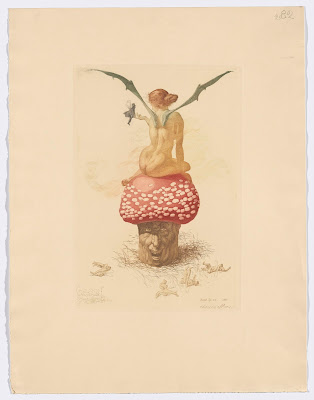female shaman in central europe
HALF A CENTURY ago, as archaeologists worked in the wooded Pavlov Hills of the Czech Republic, they made a remarkable discovery. During the excavation of the Upper Paleolithic site known as Dolní Věstonice, they found a pair of shoulder blades from a mammoth. The bones had been placed so as to form the two sides of a pitched roof, one of them leaning against the other. Beneath them was a human skeleton, and in the earth that covered it and on the bones themselves were traces of red ocher. The body had been painted red before it was laid to rest.
This particular burial was of no ordinary person, though. A flint spearhead had been placed near the head of the deceased, and the body of a fox had been placed in one hand. For the archaeological team, led by Bohuslav Klíma, the fox was a clear indication that the person in the grave had been a shaman; the fox had a long history as a shamanic spirit guide, in Europe and all the way across Asia and into the Americas. It came as something of a shock, however, when skeletal analysis revealed that the shaman in question was a woman.
Why is this find so important? Before the discovery of this woman—and, though it’s hard to believe, for a long time afterward—Ice Age shamans were imagined as members of an all-male religious community of mammoth hunters, a sort of Flintstones private club in which manhood was celebrated and the transcendental achieved by worshiping, then negating, the feminine. This excavation—which remains the oldest known of its kind—and further work at Dolní Věstonice prove that wasn’t so.
A few years later, near the shaman’s grave, Klíma discovered an earthen lodge containing a number of bone flutes and a large oven filled with nearly three thousand small pieces of baked clay. Some pieces had been molded in the shape of human feet, hands, and heads, while others were fragments of animal figurines. According to the archaeologist, “this bake-oven is the predecessor of the potter’s kiln, serving for the hardening and firing of the oldest known ceramic productions.”1In other words, not only do the oldest known skeletal remains of a shaman belong to a woman, but she is also the earliest known artisan who worked in clay and then hardened it with fire. She wasn’t making early household utensils; no, she seems to have been making talismans or figurines of some sort, perhaps for use in her rituals and spiritual healing.
How has it happened that we’ve lost sight of this ancient woman shaman and what she represents? For despite the proof of language and artifacts, despite pictorial representations, ethnographic narratives, and eyewitness accounts, the importance—no, the primacy—of women in shamanic traditions has been obscured and denied. That women’s bodies and minds are particularly suited to tap into the power of the transcendental has been ignored. The roles that women have played in healing and prophecy throughout human history have been denigrated. All too often women who enter medicine or the ministry still believe they’re stepping into a strictly men’s field; in fact, these are historically women’s fields that men have since entered. Women have been characterized as mere artisans or craftspeople—weavers and potters—instead of recognized for the creative, life-giving, cosmos-shaping powers these arts represent. Why? The reasons undoubtedly range from misreading of research to sexism pure and simple. But it’s time to take another look at the evidence of millennia and of cultures around the globe. It’s time to reclaim the woman in the shaman’s body."
The Woman in the Shaman's Body, Barbara Tedlock, PhD
.png)
.png)
.png)
.png)



Comments
Post a Comment